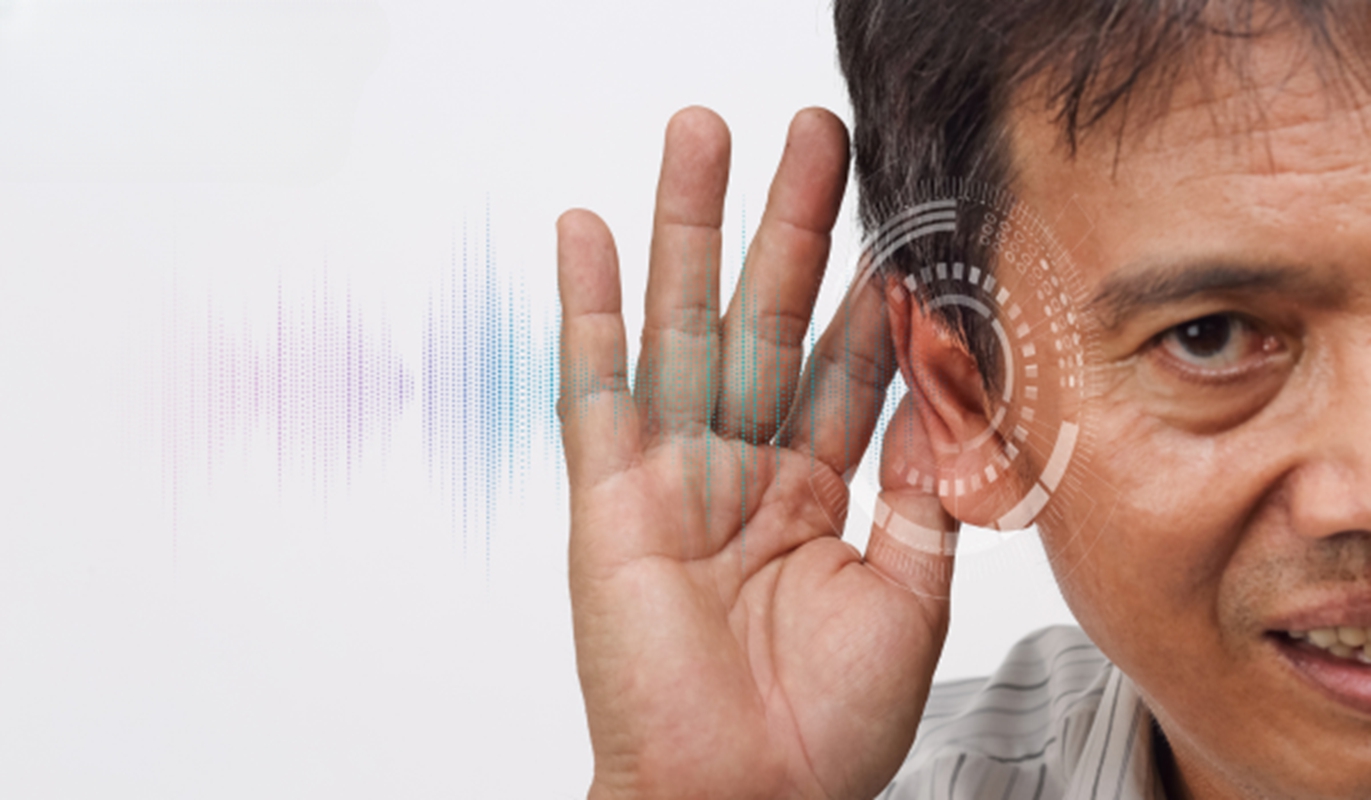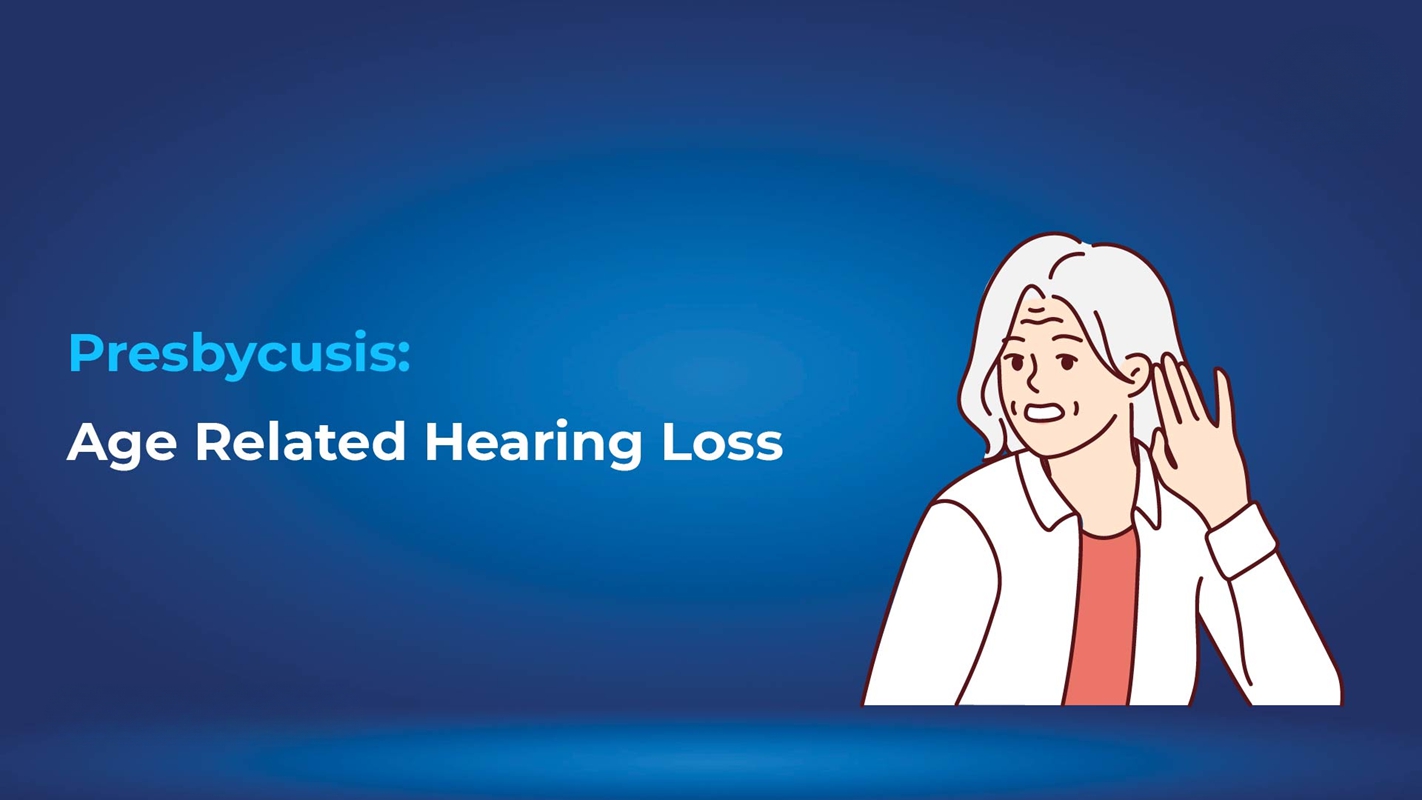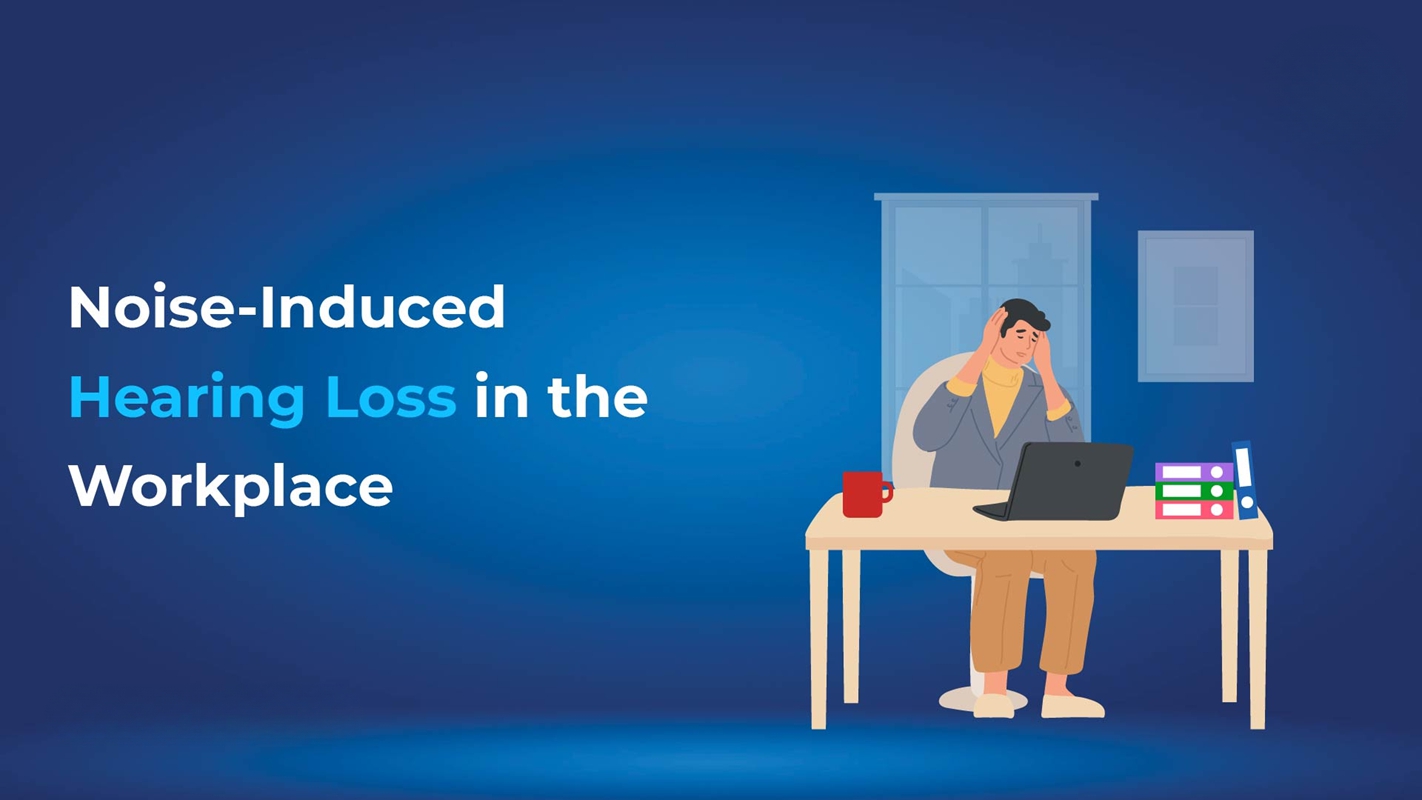Hearing loss is a prevalent problem that impacts millions of individuals globally. It is crucial to comprehend the many forms of hearing loss and their consequences since they can negatively influence one’s quality of life.
This article will focus on conductive hearing loss, its causes, symptoms, diagnosis, and treatment options. Additionally, we will explore the difference between conductive and sensorineural hearing loss, helping you better understand these two types of hearing impairments.
What is Conductive Hearing Loss?
Conductive hearing loss happens when sound can’t pass through the outer or middle ear to reach the inner ear. It’s usually caused by blockages or problems in the ear canal, eardrum, or middle ear bones (ossicles).
Common causes include:
- Earwax buildup
- Ear infections or fluid in the middle ear
- Perforated eardrum
- Bone disorders like otosclerosis
- Physical damage or birth defects
The good news is that conductive hearing loss is often treatable. With proper care like removing wax, treating infections, or surgery hearing can usually be restored.
Causes of Conductive Hearing Loss
Several factors can contribute to conductive hearing loss, including:
- Ear Infections: Otitis media, an outer ear infection, can result in fluid accumulation, oedema, and obstruction.
- Earwax Buildup: Sound waves can not reach the eardrum if the ear canal is blocked by excessive earwax or cerumen.
- Eardrum Perforation: A ruptured or perforated eardrum can impede sound transmission.
- Otosclerosis: If aberrant bone growth occurs in the middle ear, the ossicles (tiny bones in the ear) may move more freely.
- Cholesteatoma: Normal hearing can be interfered with by a noncancerous growth in the middle ear.
- Foreign Objects: Sound waves can be obstructed by anything stuck in the canal.
- Congenital Conditions: Certain individuals are born with conductive hearing loss due to structural anomalies in the ear.
If you experience any of these issues, it’s best to consult an experienced Audiologist in Delhi for accurate diagnosis and treatment.
Symptoms of Conductive Hearing Loss
Conductive hearing loss is the most common type of hearing loss, and its symptoms of conductive hearing loss might vary; however, they typically include:
- Reduced or muffled hearing in either one or both ears
- A sensation of fullness or pressure in the ear
- Ear pain or discomfort
- Discharge from the ear (if an infection is present)
- Difficulty understanding speech, especially in noisy environments
Diagnosing Conductive Hearing Loss
An audiologist or an ENT expert must do a comprehensive evaluation to diagnose hearing loss. The procedure for diagnosis could involve:
- Hearing Tests: Audiometry tests measure the ability to hear sounds at different pitches and volumes.
- Otoscopy: Using an otoscope, a doctor examines the ear canal and eardrum for blockages, infections, or abnormalities.
- Tympanometry: This test assesses eardrum movement and middle ear function.
- Imaging Studies: In some cases, imaging studies such as CT scans or MRIs may be needed to identify structural issues.
Treatment Options for Conductive Hearing Loss
The aetiology and degree of conductive hearing loss determine the course of treatment. Typical therapy choices consist of:
- Medications: Antibiotics or antifungal medications can treat ear infections.
- Earwax Removal: Professional removal of earwax buildup can restore hearing.
- Surgical Intervention: To treat otosclerosis, remove a cholesteatoma, or repair a eardrum, surgery may be required.
- Hearing Aids: Hearing aids can amplify sound and improve hearing in cases where surgical correction is impossible.
- Assistive Devices: Bone-anchored hearing aids (BAHAs) can help bypass the conductive pathway and transmit sound directly to the inner ear.
Difference Between Conductive and Sensorineural Hearing Loss
Understanding the distinction between sensorineural and conductive hearing loss is essential for precise diagnosis and management. These are the main differences:
Conductive Hearing Loss
- Location: Affects the outer or middle ear.
- Cause: Obstruction or damage that prevents sound waves from reaching the inner ear.
- Symptoms: Muffled hearing, a feeling of fullness, and ear pain.
- Treatment: Often treatable with medical or surgical interventions.
Sensorineural Hearing Loss
- Location: Affects the inner ear (cochlea) or auditory nerve.
- Cause: Harm to the hair cells in the cochlea or the auditory nerve due to ageing, noise exposure, or genetic factors.
- Symptoms: Both irreversible hearing loss and trouble understanding speech, particularly in noisy settings.
- Treatment: Typically managed with hearing aids or cochlear implants; not usually reversible.
Read more about: Difference Between Conductive and Sensorineural Hearing Loss to understand their causes, symptoms, and treatment options in greater depth.
Preventing Conductive Hearing Loss
While some causes of hearing loss are unavoidable, there are steps you can take to reduce the risk:
- Maintain Ear Hygiene: Regularly clean your ears to prevent earwax buildup, but avoid using cotton swabs or objects that can push wax further into the ear canal.
- Protect Your Ears: Use ear protection in noisy environments to prevent damage from loud sounds.
- Seek Prompt Medical Attention: Address ear infections and other ear-related issues promptly to prevent complications.
- Avoid Inserting Objects: Keep foreign objects out of your ears to prevent blockages and damage.
Living with Conductive Hearing Loss
Living with conductive hearing loss can present challenges, but various strategies can help improve communication and quality of life:
- Use Hearing Aids: Modern hearing aids are highly effective and can significantly improve hearing ability.
- Employ Assistive Devices: Devices such as FM systems and amplified telephones can enhance communication in specific situations.
- Practice Lip Reading: Learning to read lips can aid in understanding speech, especially in noisy environments.
- Communicate Clearly: Speak slowly and clearly, and face the person you are talking to.
- Seek Support: Join support groups or seek counselling to manage the emotional effects of hearing loss.
Conclusion
Conductive hearing loss is a typical form of hearing loss that arises from problems in the middle or outer ear. People can take better care of their hearing and seek medical attention by being aware of the conditions’ causes, signs, and available treatments.
By distinguishing between conductive and sensorineural hearing loss, you can better understand the nature of hearing impairments and the best management approaches.
Awareness and education are crucial in addressing hearing loss.
















